The ‘awesome’ Perseid meteor shower is awfully overhyped
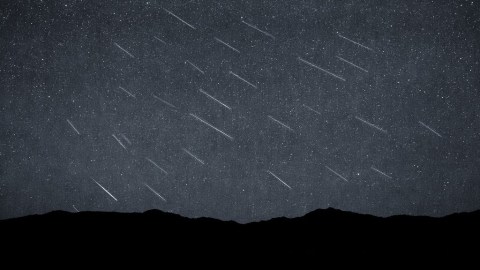
200 meteors per hour is only three per minute, and with a more-than-half full moon out, you might want to stay inside.
“My dad took me out to see a meteor shower when I was a little kid, and it was scary for me because he woke me up in the middle of the night. My heart was beating; I didn’t know what he wanted to do. He wouldn’t tell me, and he put me in the car and we went off, and I saw all these people lying on blankets, looking up at the sky.” –Steven Spielberg
At many different times throughout the year, the planet Earth passes near a comet or asteroid’s orbital path, with the result being a meteor shower. Under most circumstances, these showers are modest shows, with anywhere from a handful per hour to two or three per minute visible to a human on Earth. On very rare occasion, however, this rate can spike tremendously, producing a phenomenon known as a meteor storm, where a meteor may be visible every few seconds, on average, exceeding 1,000 meteors-per-hour. The last meteor storm to be visible on Earth was 2001′s Leonid meteor shower; we haven’t seen such a spectacular outburst since. And despite what you might have heard elsewhere, you won’t see one this year, either.

Under normal conditions, January’s Quadrantids, August’s Perseids and December’s Geminids are the most spectacular showers in a given year, with each one averaging a peak rate of about two meteors per minute. (The Quadrantids’ peak lasts only six hours!) This year, the Perseids peak on August 11–12, meaning the highest rates of visible meteors will occur during the post-sunset and pre-dawn hours of that period. As the Earth passes through the debris stream from the comet-or-asteroid, the relatively fast motion from the collision of these small meteoroids — anywhere from the size of a sand grain up to nearly a meter — with our atmosphere results in a fiery flare, known colloquially as either a shooting star or a meteor. There are a number of factors that determine the rate of a meteor shower, but for most practical purposes, only four matter:
- How close to the center of the debris stream Earth passes in its orbit: closer to center is better.
- What the relative speed is, of the stream to Earth: faster speeds mean more energy, and hence brighter, more visible meteors.
- What are the light pollution conditions: more light pollution means fewer meteors, with the full Moon being the worst possible case for skywatchers everywhere.
- And finally, what the density of the debris stream is: the closer to the central comet/asteroid Earth passes, the more debris and the greater the show.
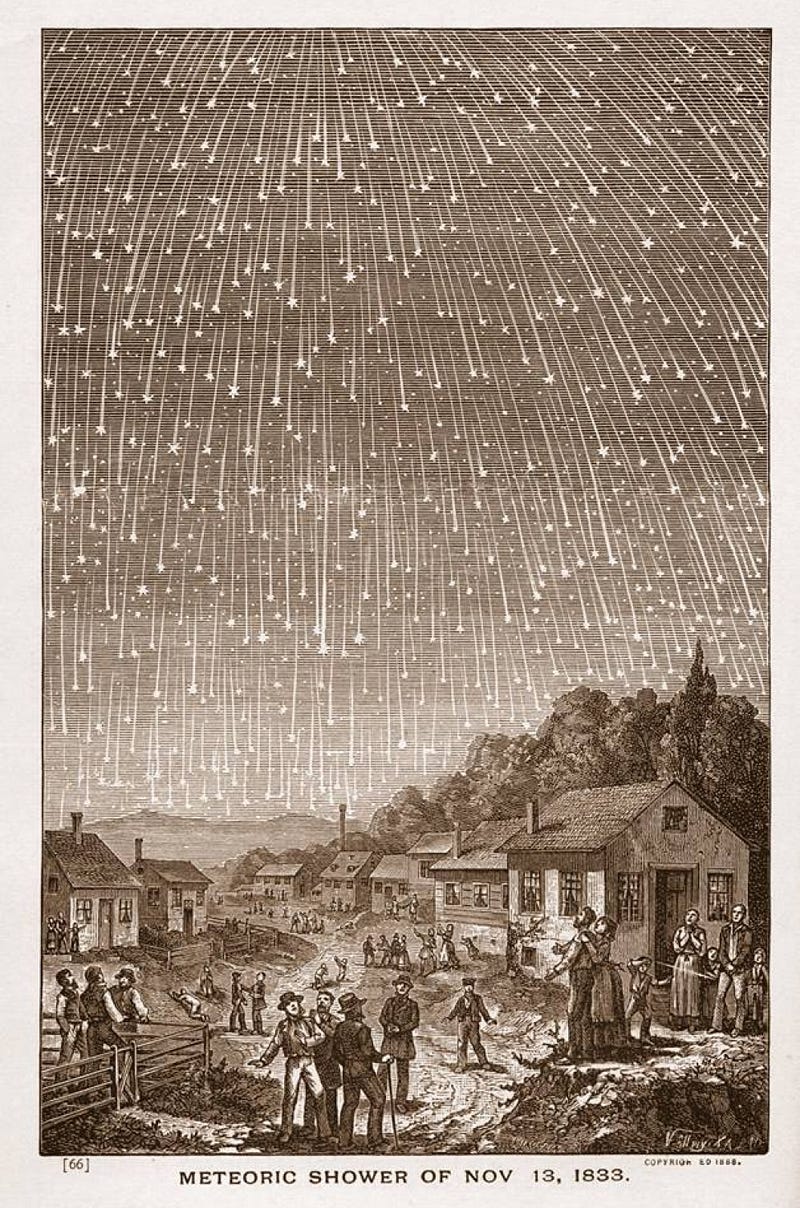
When everything aligns perfectly, a meteor shower can reach its maximum potential. However, not everything is perfectly aligned for this year’s Perseids. Despite being one of the most consistent meteor showers year in and year out, with anyone going out during the peak time for about 5–10 minutes all but guaranteed to see at least one meteor, it’s a far cry from the “spectacular show” being touted by many news outlets and science reporters. Let’s take a look at each of these four criteria to see how this year’s Perseids stack up.
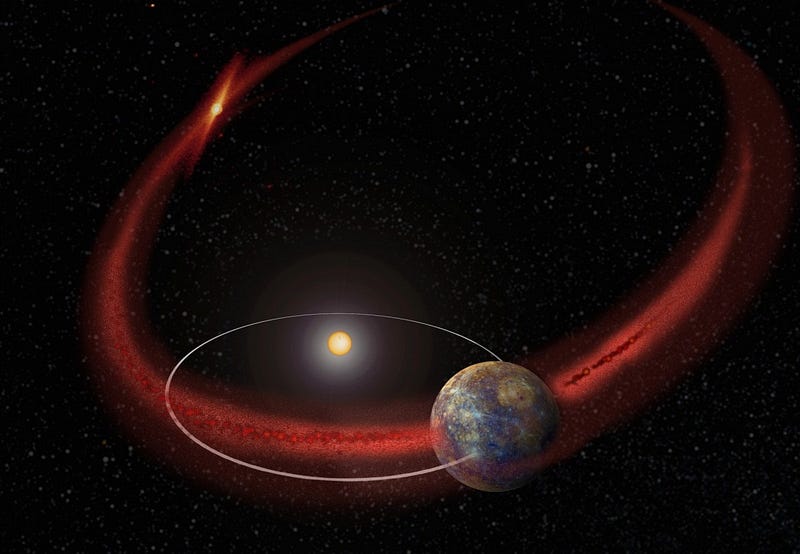
1) Proximity to the comet’s debris stream. It’s a good thing that most comets and asteroids themselves don’t cross Earth’s orbit; it would be a disaster for so many objects to collide inevitably with us! Instead, these orbiting bodies miss Earth by a fair bit but produce a debris stream that gets spread out many millions of kilometers in size. For the Perseids, originating from Comet Swift-Tuttle, we’re normally far away from the center of the stream, but a recent encounter of the stream with the planet Jupiter means that this year should be better than average: the peak rate should rise to about 150–200% of normal. That’s an increase, but only a modest one.
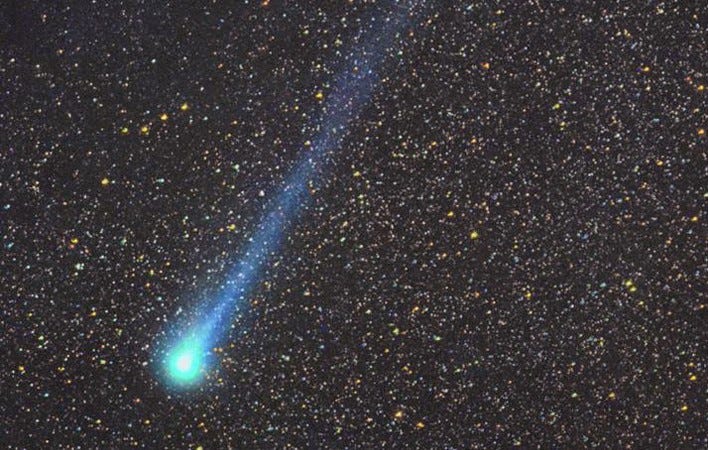
2) The speed of the debris streams relative to Earth. This one is a constant for almost all showers and is determined by the orbit of the shower-spawning body entirely. The Geminids have a very slow debris stream, arising from the short-period asteroid 3200 Phaethon that orbits the Sun in only 1.4 years; its meteors move at 35 km/s. But the Perseids, arising from a comet that takes 133 years to orbit the Sun, has its meteors move at 58 km/s relative to Earth, with nearly three times the energy-per-meteor as the Geminids. As a result, Perseid meteors are bright and are more easily seen than most other showers. But this year is no different than any other in that regard.
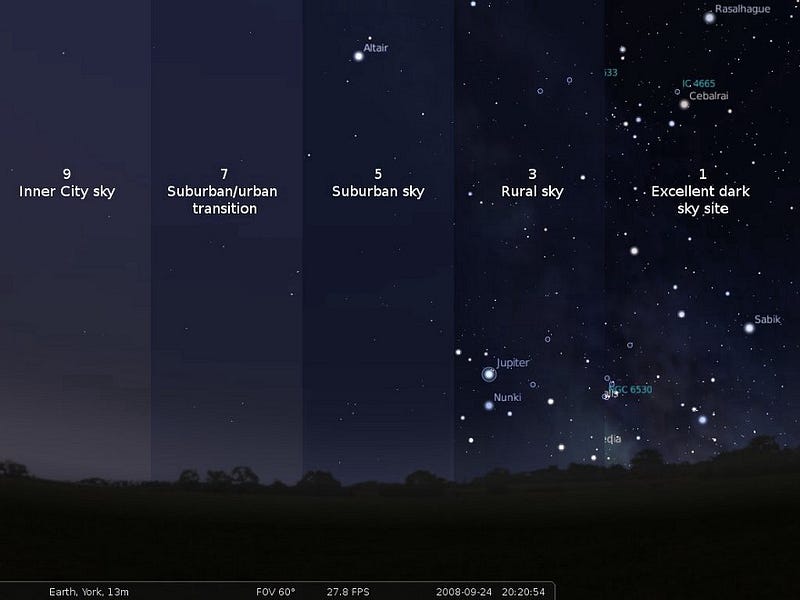
3) Light pollution conditions. This is the big downer, folks. We might be headed for a good shower, but a waxing Moon, just greater than half full, will wreck the majority of the shower for those of us who stay up late. You’ll have to wait until about one a.m. for the Moon to completely set, and only after that will you have the best views of the sky. If you’re hardcore about seeing the wonders of a better-than-average meteor shower, staying up inconveniently late (or getting up inconveniently early) is the only way to go. And finally…
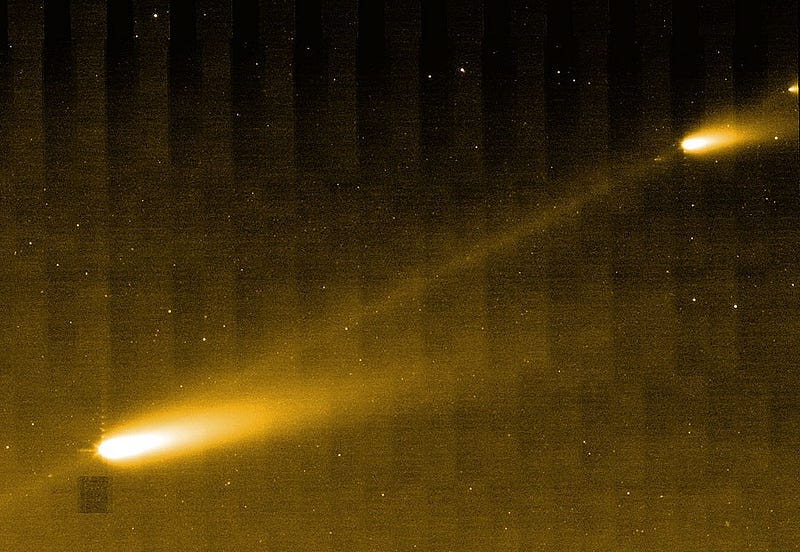
4) The density of the debris stream itself. The debris stream is densest around a comet’s (or asteroid’s) nucleus, and Swift-Tuttle is presently moving away from Earth. It made its closest approach to the Sun back in 1992, and won’t be back until 2126. The Perseids are also less variable and more consistent than many other showers, but have been steadily decreasing (on average) in meteors-per-hour since the early 1990s, and will continue to do so over the coming years and decades. The Leonids, on the other hand, tend to peak every 33 years on average, with the year 2034 providing a major enhancement if you look at the right time.
All told, you can expect about two-to-three meteors per minute this year at the peak of the Perseids, which should be bright, but where many of these meteors will be washed out by the bright Moon, even under otherwise dark conditions. The video above, of last year’s Perseids, is fairly representative of what you can expect to see. The close passage of the debris stream’s center to Earth is the only major enhancement this year will bring, and that’s not nearly enough to offset the additional light pollution that a 58% full Moon will bring. The Perseids will provide similar viewing conditions to what it does every year: a handful of meteors every few minutes, but nothing more spectacular than that. If you want to see a shooting star, this is the time to do it! But if you want to see a storm of shooting stars, this year — like most years — leaves us out in the cold.
This post first appeared at Forbes, and is brought to you ad-free by our Patreon supporters. Comment on our forum, & buy our first book: Beyond The Galaxy!




